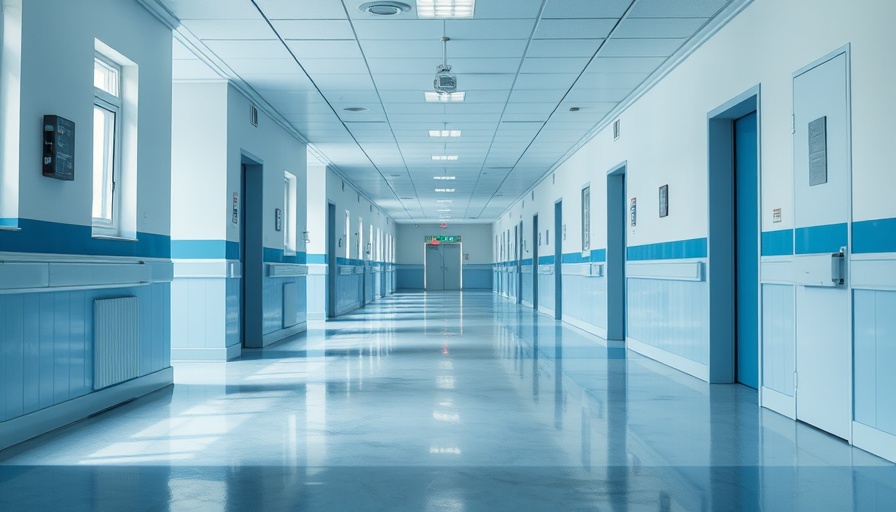
Understanding the Rise of Pharmacy Deserts
In recent years, the population has been facing a significant challenge with the closing of retail pharmacies, which has resulted in "pharmacy deserts"—areas where access to essential medications and health services has become scarce. These closures are especially detrimental in underserved communities where local drugstores have often acted as frontline healthcare providers. The ramifications go beyond mere access to prescriptions; they touch on fundamental health equity issues, highlighting the need for innovative design solutions to bridge these gaps.
Transformative Design: Bringing Pharmacies to Patients
To tackle the issue of pharmacy deserts, healthcare systems are taking bold steps to reimagine how and where pharmacy services are delivered. A notable trend is the embedding of pharmacy services directly within outpatient clinics and specialty care centers. This strategy helps integrate pharmaceutical access more closely with patient care, allowing for immediate prescription fulfillment right after a clinical appointment.
However, this shift comes with unique design challenges. Creating a seamless flow from the exam room to the pharmacy requires thoughtful layouts and intuitive wayfinding that guides patients through the process without confusion. For example, clear signage and strategic station placements can ease transitions while enhancing the overall patient experience.
Designing for Safety and Efficiency
Along with enhancing patient experiences, design considerations must also prioritize security and operational efficiency. The infrastructure of embedded pharmacies needs to safeguard medications through advanced security features, such as tamper-proof storage and strict inventory controls. These protocols not only ensure compliance with health regulations but also protect against potential misuse of medications.
Adapting to Specialized Needs
For clinics like oncology facilities that handle hazardous medications, the design requirements become even more complex. These environments must accommodate the rigorous standards needed for storing and preparing drugs safely, including clean room standards, negative pressure ventilation, and high filtration rates. Combining these factors into the design will create spaces that support both patient safety and effective healthcare delivery.
Looking Ahead: Future of Pharmacy Access
The evolving landscape of healthcare places significant emphasis on flexibility and accessibility of pharmacy services. As embedded pharmacy models become increasingly common, they offer a promising approach to tackling medication access issues faced by many communities. By reimagining traditional pharmacy formats and aligning them with patient care environments, healthcare providers can create a more connected and compassionate health system. Ultimately, the design innovations being implemented today will lead to healthier communities in the future.
 Add Row
Add Row  Add
Add 




 Add Row
Add Row  Add
Add 

Write A Comment